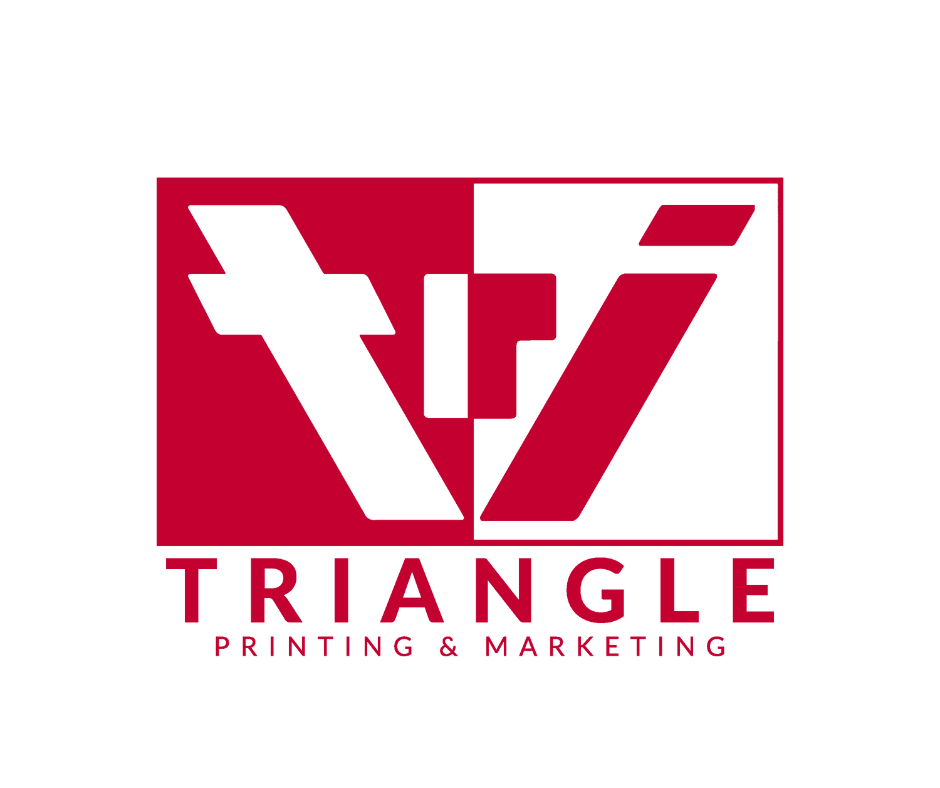Sintra vs. Foam Board vs. Gator Board: Which Signage Material is Right for You?
When you’re planning signage for your business, event, or trade show, one of the most important decisions is choosing the right material. The quality of your sign consists of good design and the substrate that brings it to life. As a trusted Houston printer, we often help businesses decide between three popular options: Sintra board, Foam board, and Gator board. Each comes with unique benefits and best-use scenarios.
Foam Board: Lightweight and Budget-Friendly
Foam board is a common choice for short-term or temporary signage. It’s made from a polystyrene foam core sandwiched between smooth paper surfaces. Because it’s so lightweight, foam board is a go-to for indoor displays that don’t need to last long.
- Best Uses: Presentations, indoor posters, event signage, and photo mounting.
- Pros: Affordable, lightweight, and easy to cut into custom shapes.
- Cons: Not very durable. Foam board dents and creases easily, and humidity or moisture can cause it to warp.
If you’re looking for something quick and cost-effective for a one-time event, foam board is often the right solution. As a large format printer in Houston, we can produce foam board prints in a variety of sizes with vibrant, full-color graphics.
Gator Board: Durable and Professional-Looking
Gator board looks similar to foam board but is significantly tougher. Instead of paper, it has a wood-fiber veneer on each side of the foam core, giving it extra rigidity and resistance to dents.
- Best Uses: Long-term indoor displays, museum exhibits, retail signage, and artwork mounting.
- Pros: Rigid, smooth surface, and more durable than foam board.
- Cons: More expensive than foam board but still not ideal for outdoor use.
For businesses that want something sleek and professional but sturdier than foam, Gator board is a strong option.
Sintra Board: Heavy-Duty and Long-Lasting
Sintra is a rigid PVC board known for its durability and versatility. Unlike foam-based products, Sintra can withstand moisture and tough environments, making it perfect for both indoor and outdoor use.
- Best Uses: Trade show displays, outdoor signage, wall graphics, and long-term branding pieces.
- Pros: Weather-resistant, rigid, reusable, and available in multiple thicknesses.
- Cons: Heavier than foam and typically more expensive.
If you want signage that lasts beyond a single event, Sintra is the clear winner. Many businesses rely on us, as a large format printer in Houston, to create custom Sintra displays that can be reused year after year.
Which Should You Choose?
- Foam board: Best for indoor temporary, budget-friendly signage.
- Gator board: Great for professional, long-lasting indoor displays.
- Sintra board: Ideal for durable, reusable signage that can handle indoor or outdoor environments.
Choosing the right signage material depends on your goals, budget, and how long you need the sign to last. Whether you need lightweight foam, durable Gator, or weather-resistant Sintra, as a trusted large format printer in Houston, we can guide you to the right material and deliver high-quality prints that showcase your brand at its best.



